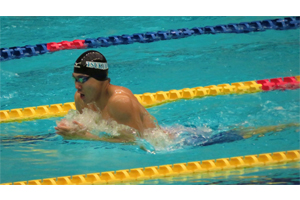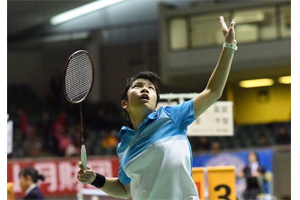Cardiorespiratory responses during exercise in the heat
During exercise in the heat, heart rate and heat loss responses of skin vasodilation and sweating are augmented along with elevations in body temperatures. In addition, ventilatory response is augmented thereby increasing cardon dioxide elimination. This in turn reduces arterial carbon dioxide partial pressure and cerebral blood flow. We have investigated regulatory mechanisms and physiological significance of these ventilatory and cerebrovascular responses over 15 years.
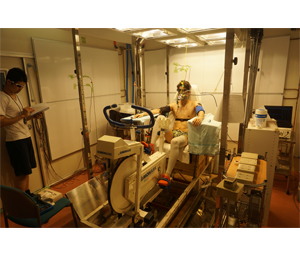
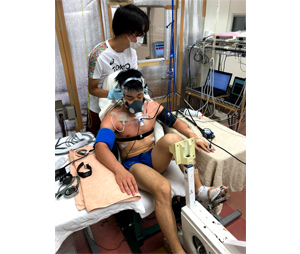
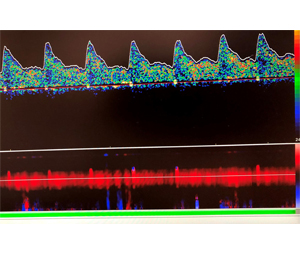
Mechanisms underlying heat loss responses
During hyperthermia, heat loss responses of cutaneous vasodilation and sweating are activated, increasing heat dissipation thereby maintaining a stable core temperature. If these responses do not work properly, heat injuries can be induced. Using a novel intradermal microdialysis technique, we have studied mechanisms by which heat loss responses are regulated, or how training and heat acclimation improve these responses.
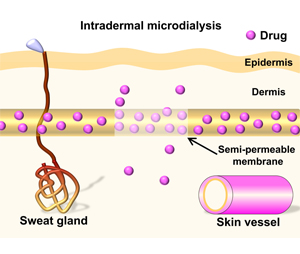
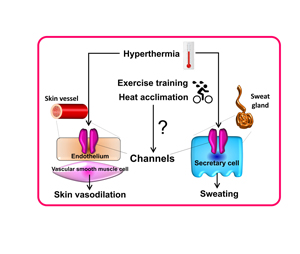
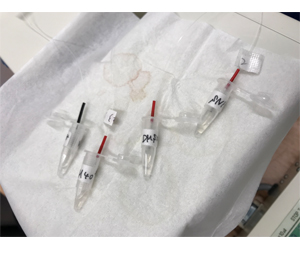
Cold-defence responses
People experience cold stress during in-water exercise or winter sport activities. Under such conditions, skin and core temperatures decrease, triggering skin vasoconstriction and/or shivering to avoid extreme hypothermia. We have investigated these cold-defence responses especially during exercise.
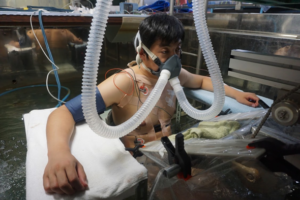
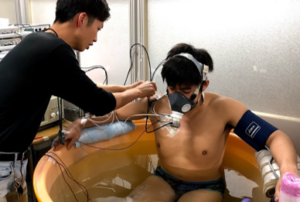

Cardiovascular responses during exercise
Cardiovascular adjustment is important for safe exercise and sport activities. Recently we have assessed the effect of apnea on cardiovascular responses during exercise to better understand how our heart and vessels work together during diving or in-water exercise. We measure heart rate, cardiac output, blood pressure, active muscle blood flow, and cerebral blood flow index during apneic exercise.

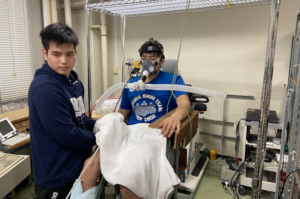
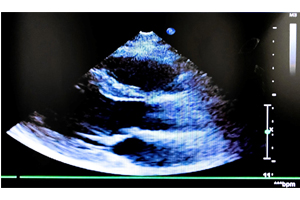
Respiratory and metabolic responses under hypobaric hypoxia
We have assessed work of breathing and respiratory responses under hypobaric hypoxia using a unique chamber (it can simulate up to 8000m altitude above sea level).
Our recent work focus on how breathing different type of gases (CO2-riched or helium-riched air) modulates respiatory and metabolic responses under these conditions.
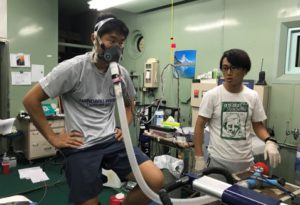
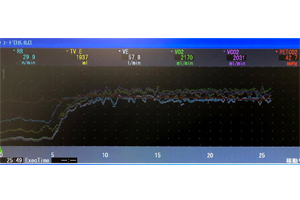

Athlete’s performance
We have investigated warm-up intervention and nutritional (e.g., caffeine, beetroot) and recovery strategies for optimizing athlete’s performance. We have also studied optimal training strategies for improving athlete’s performance.

